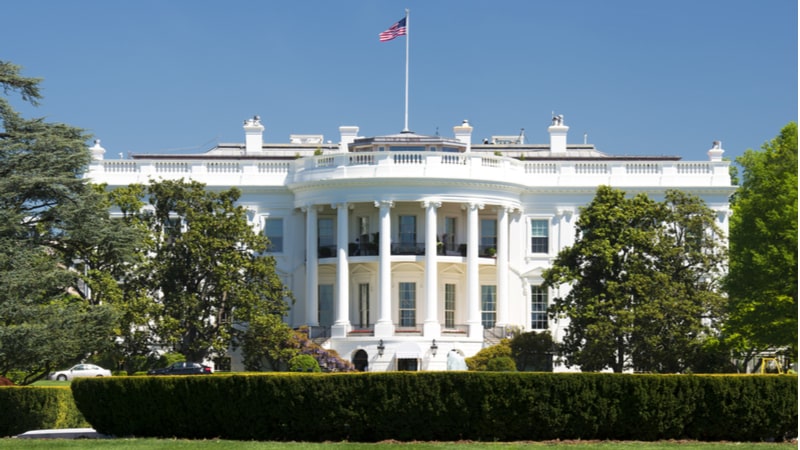
The White House’s new executive order that aims to improve the ease and effectiveness of how citizens interact with the government touches most of the larger Federal civilian government agencies, and takes specific aim at agencies that provide 35 types of service that the order defines as “high impact” for citizens based on volume and types of services delivered.
Big Agencies on Tap
In outlining those 35 service types, the order identifies several agencies – including the departments of Agriculture, Homeland Security, Labor, and Interior – as organizations with multiple touchpoints:
- Agriculture – with a total of five service areas including Farm Service, Forest Service, and Food and Nutrition service;
- Homeland Security – with four service areas: Citizenship and Immigration Service, Customs and Border Protection, Federal Emergency Management Agency, and Transportation Security Administration;
- Interior with four service areas including Bureau of Indian Affairs and National Park Service; and
- Labor, with four services areas: Employment and Training, Employee Benefits Security Administration, Occupational Safety and Health Administration, and Workers Compensation programs.
Other large agencies account for only one or two of the 35 service areas, but the scope and importance of the services they provide are mostly already evident:
- Veterans Affairs – health and financial benefits;
- Education – student aid;
- State Department – passports;
- Social Security Administration;
- Small Business Administration;
- Housing and Urban Development;
- Health and Human Services – Centers for Medicare and Medicaid;
- Commerce Department – Census; and
- GSA – USA.gov.
Service Improvements
A White House explanation of the EO group service improvement aims around several key citizen-centric activities:
- Retirement, including Social Security and Medicare benefits;
- Taxes, primarily dealing with interactions and service options at the Internal Revenue Service;
- Surviving natural disasters and obtaining emergency government benefits;
- Travel, including passport and airport screening;
- Education financial aid including repayment, loan forgiveness, and food, healthcare, and broadband subsidies;
- Veterans Affairs healthcare and benefits;
- Safety net programs including a “no-wrong-door” approach to interacting with Federal programs;
- Small business and farm financing programs;
- Maternal health and early childhood nutrition programs;
- Health management includes increasing citizens’ ability to use telehealth services; and
- Personal information management improvements, including updating new addresses and name changes.
The full text of the executive order is here.
